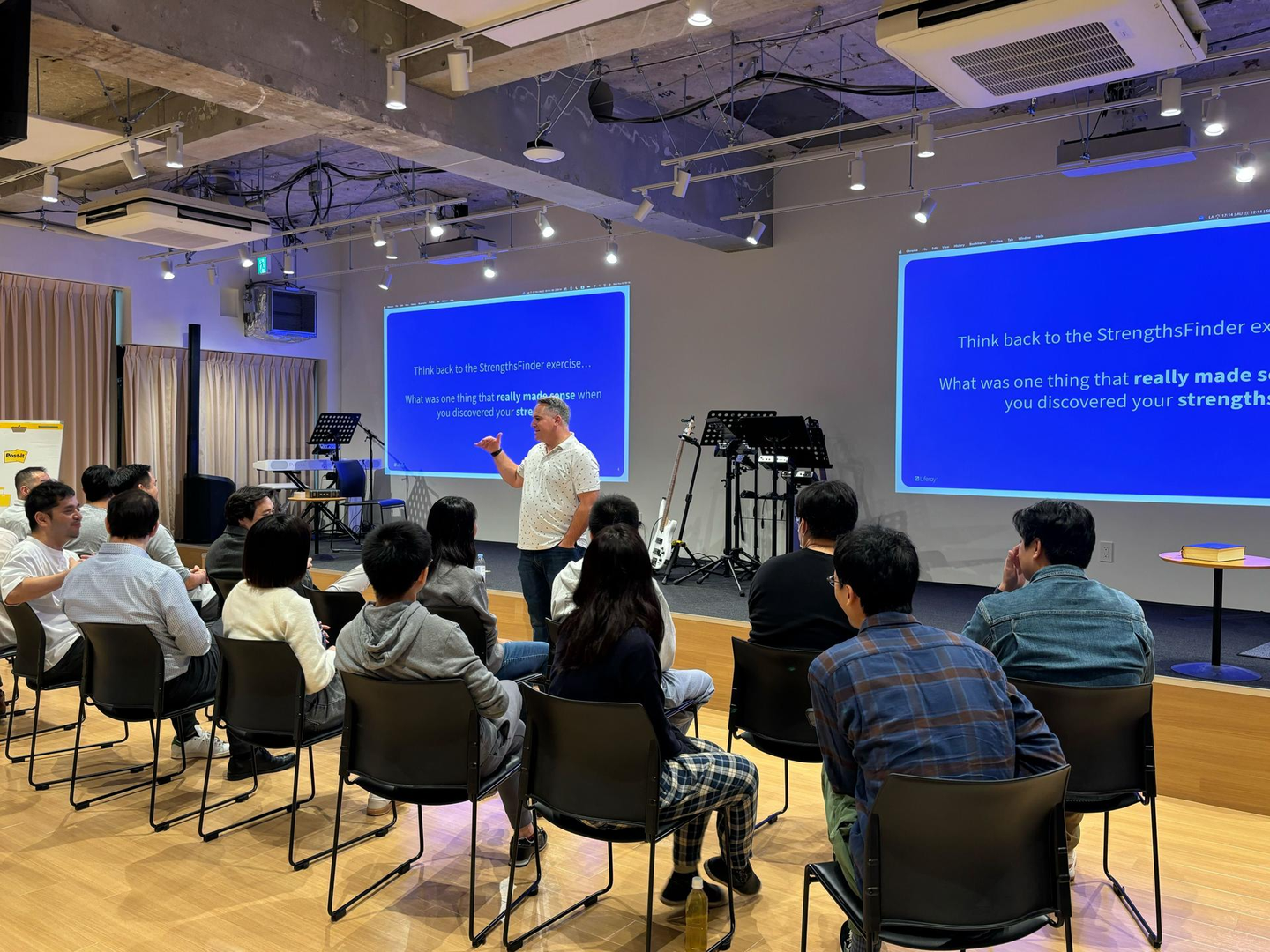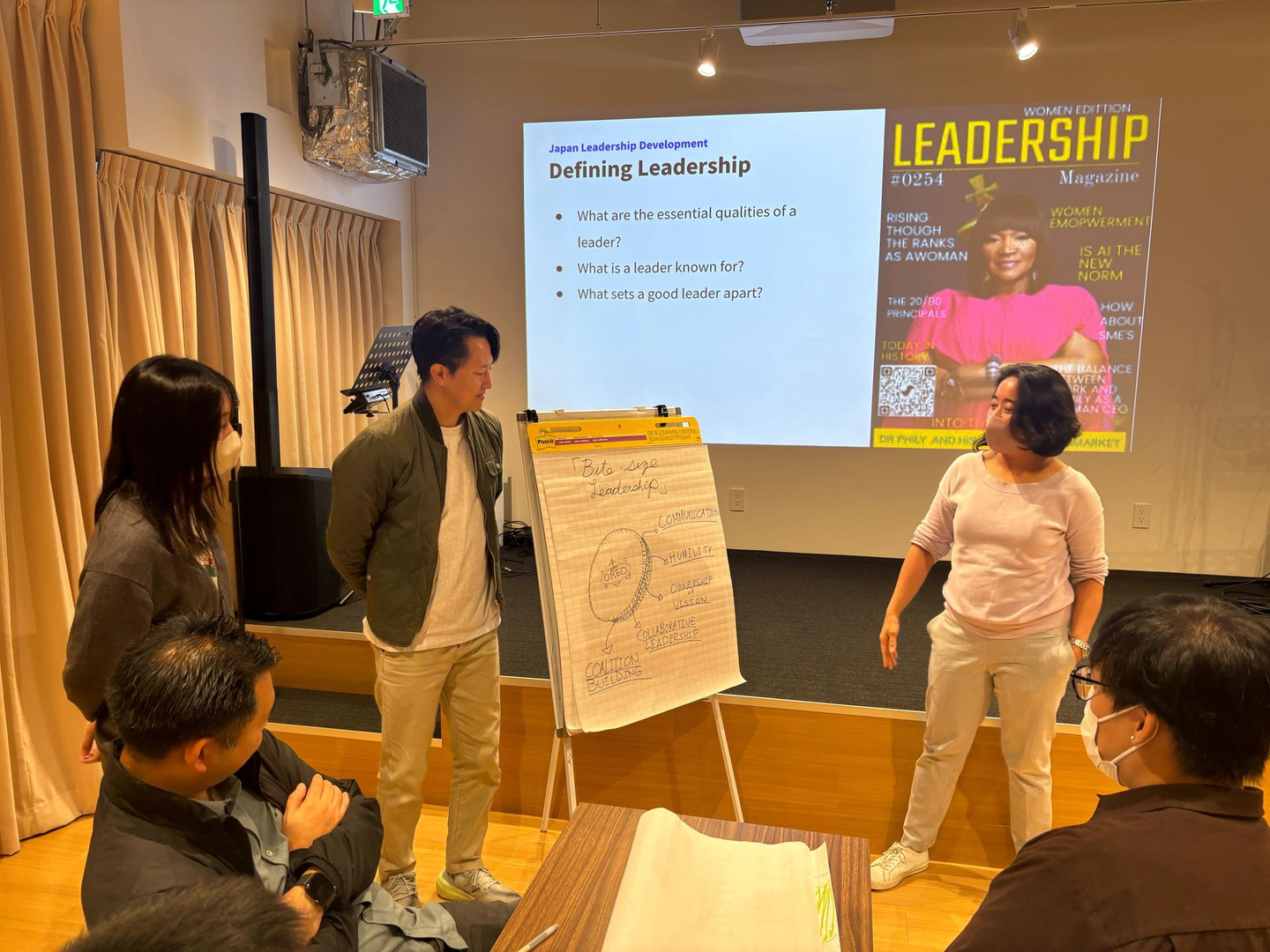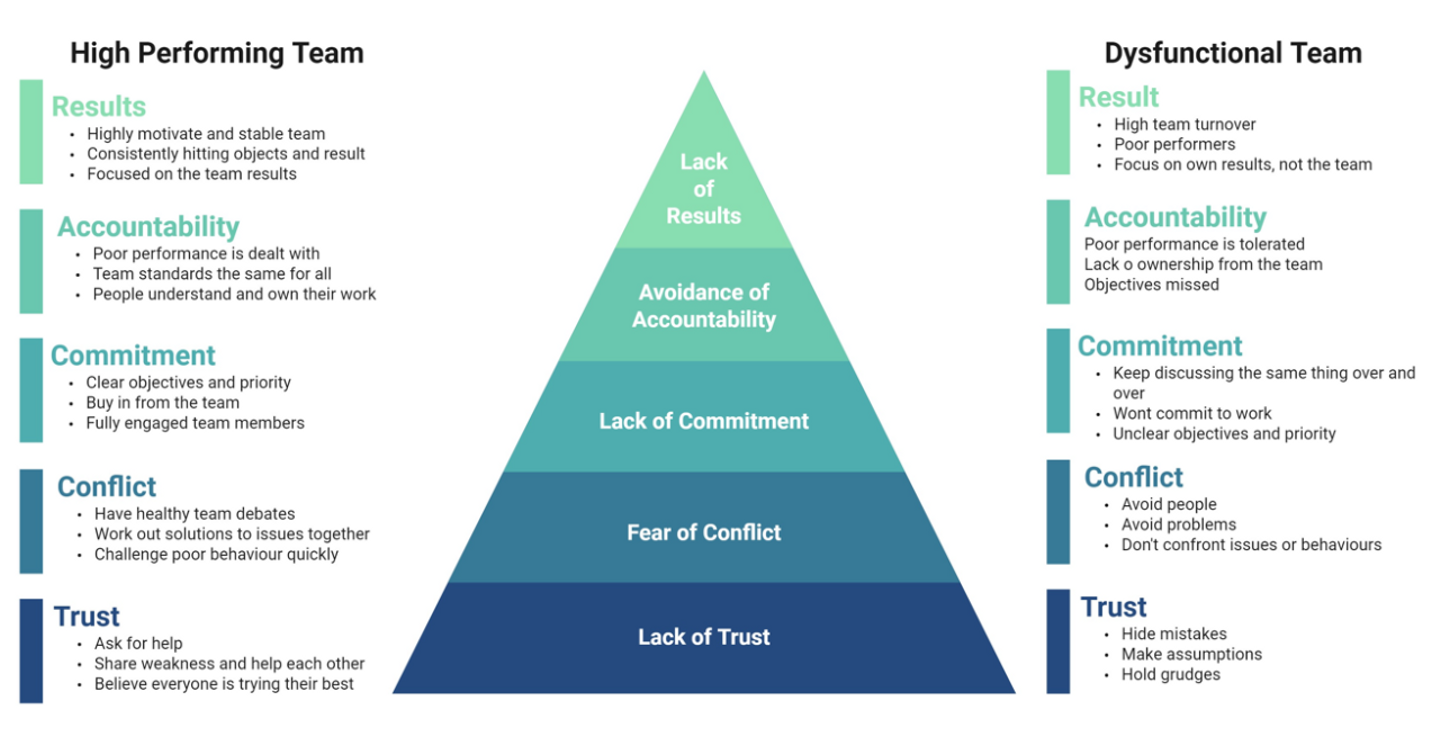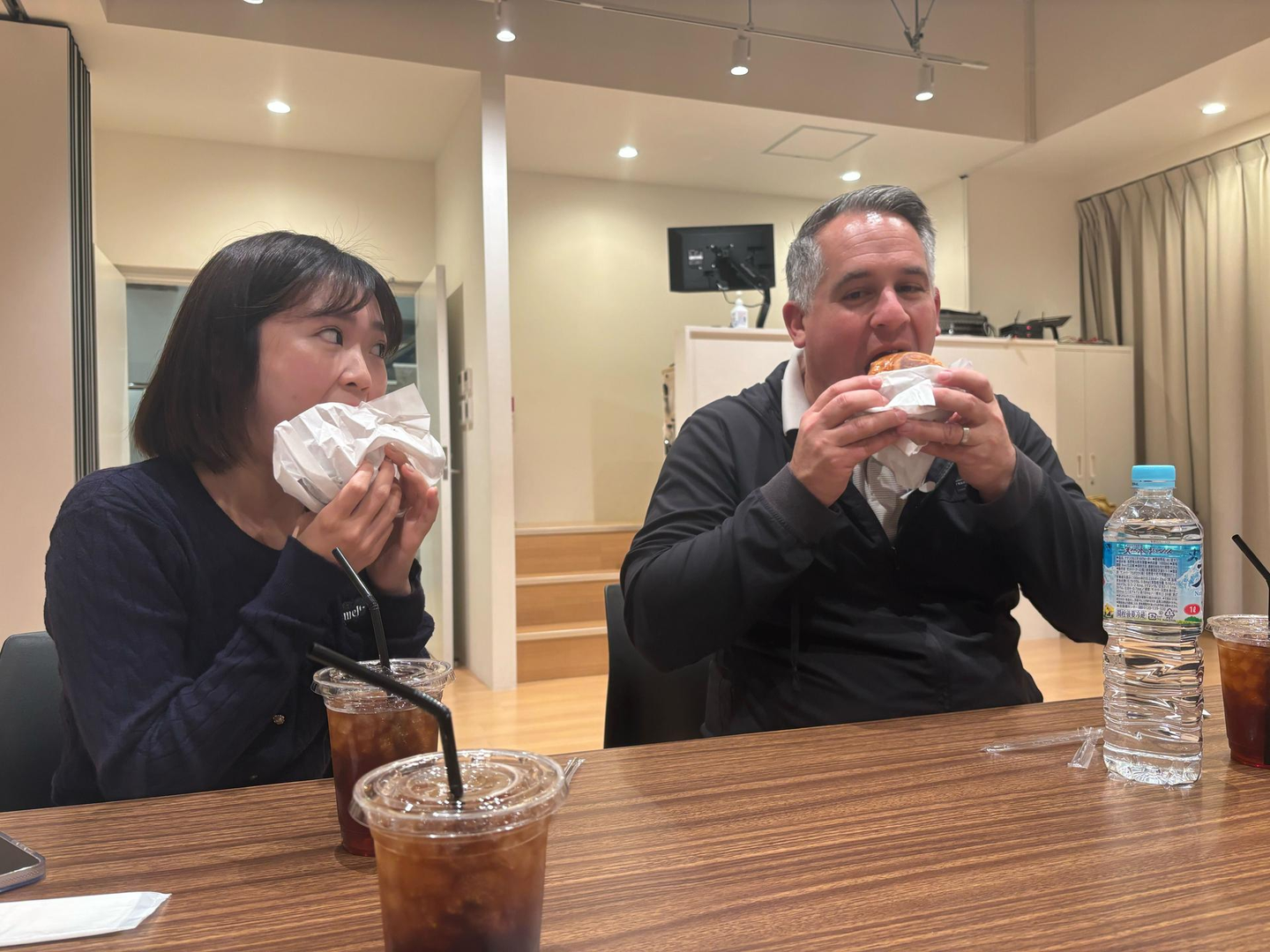1 Month Spent with the Chief People Officer - Important Lessons Learnt about Leadership (EN)
In November 2024, our Chief People Officer, Matt Poladian, traveled from our LA headquarters to spend an entire month with our Japan office. During his visit, he held numerous 1-on-1 meetings with employees and led weekly Leadership Training Sessions for managers and function leaders.
As part of the HR team, I thoroughly enjoyed his visit, but more importantly, I gained lots of valuable insights from the Leadership Training and would like to share them with you!
Week 1: Your Leadership Style - who are you as a leader?
The first week focused on exploring our individual personalities and leadership styles—who are we as leaders?
Matt highlighted the importance of self-awareness:
- Clearly describing yourself to others help them understand how to work effectively with you, making it essential to know yourself well.
- Self-aware leaders are far more effective in building high-performing teams.
To support this, everyone in our Japan office took the Gallup Clifton StrengthsFinder assessment, which identifies your Top 5 Strengths. We analyzed the results within our teams and also as an entire office, and each person gives a 5-minute presentation to reintroduce themselves and share how others can better collaborate with them based on their strengths.
This initiative has been a great way for us to understand each other better and gain more context about everyone’s individual background.

Week 2: Anatomy of a Leader
In the second week, we explored how to define good and bad leadership and what sets a great leader apart.
Some common answers from the group included:
- Having a clear vision and effectively delegating tasks
- Being humble and willing to admit faults and shortcomings
- Showing empathy and genuine care for team members
We also examined the behaviors of a "bad" leader and their impact on the organization:
- Refusing to listen or accept feedback, which makes team members feel unheard, resulting in disengagement and low morale
- Being disorganized and unaware of the team’s situation, leading to a loss of trust
- Micromanaging, which frustrates team members and erodes their sense of autonomy
- Failing to provide clear direction, updates, or feedback (very important in Liferay), creating anxiety and reduced productivity within the team

Week 3: Anatomy of a Follower
We often forget that on the other side of every leader is a follower, and any relationship takes two to tango!
We discussed: What makes a good follower? What kind of person do you want on your team?
The group listed an array of ideal qualities we often look for in candidates, such as:
- Self-starter and motivated, always proactively learning and asking questions
- Open-minded, accepts feedback without getting defensive when areas for improvement are pointed out
- Someone who doesn’t blindly agree with everything the leader says but offers new ideas and perspectives
- Cooperative with management decisions and refrains from unnecessary complaints
Sounds like the perfect team member, right?
Then Matt asked us, "Are you doing all of these? Are you meeting every one of these standards yourself?" A brief silence filled the room, followed by awkward laughter.
It hit us—if we aren’t living up to these standards, why are we holding others to them?
Week 4: Critical Moments of Leadership
In the final session, Matt taught us about The 5 Dysfunctions of a Team by Patrick Lencioni:

- Absence of Trust
- Fear of Conflict
- Lack of Commitment
- Absence of Accountability
- Inattention to Results
We explored how these five dysfunctions typically manifest in the workplace and what a well-functioning team looks like. We also shared which dysfunction was the most challenging for each of us individually.
For me, it was undoubtedly Fear of Conflict.
As someone naturally non-confrontational, conflict has always been a significant source of stress for me, both at work and in my personal life. I used to believe that any conflict at work, regardless of who’s right or wrong, would make others (especially my superiors) view me as someone difficult to work with.
I think this mindset still holds in many organizations, where conflict is often unwelcome and seen as inherently negative. But hearing directly from Matt, our Chief People Officer, that "If there is zero conflict in your team and it's always peaceful and calm—that’s a major sign of dysfunction," really shifted my perspective on conflict.
Matt explained that when a team fears conflict, frustrations don’t disappear—they simply simmer beneath the surface. Without direct conversations to address those frustrations, they tend to resurface as gossip, complaints to third parties, or venting behind others’ backs.
This kind of behavior fosters office politics and drama, which ultimately hurt everyone involved. Worse, when we avoid addressing issues directly out of fear of conflict, we often shift the burden to someone else—like a manager—to mediate.
In doing so, we miss the opportunity to engage in healthy discussions and exchange perspectives. By not addressing the issue directly, and instead involving others, the person we have an issue with may feel embarrassed or betrayed, further damaging the trust in the relationship, which can sometimes be impossible to mend.
After this month of leadership training, I felt much more confident in understanding what makes a “good” leader. It was incredibly reassuring to see that even the rest of the group—composed mostly of managers with decades of experience—were still working to improve their leadership skills. It reminded me that no one is perfect, not even Matt himself.
This is precisely why we emphasize the principles of “Feedback is a gift” and “Grow and Get Better” at Liferay—because self-improvement is a lifelong journey.

Matt enjoying his very first Wagyu Burger from Henry's Burger, a famous joint with stores in Harajuku, Ebisu and Daikanyama! "It's much more delicious than I anticipated!" he exclaimed.
/assets/images/959609/original/fe26d357-1126-4b6e-a048-156c82389bbd?1591075307)
